If you’ve been reading my blog for a while, you’ll know that I regularly post about SEO tactics.
And normally, these tactics are considered “white hat.” In other words, they focus on human audiences and optimize for people instead of machines.
White hat techniques are also considered best practices by all SEOs. In that way, white hat techniques are the most popular.
But I like to stay completely honest, so I’ll confess––sometimes, I like to live on the edge.
Sometimes, that means ignoring my shoes when they need to be tied. Other times, that means trying risky SEO tactics that just might pay off.
So in this article, I’ll be going over some of these so-called “risky” tactics.
But first, you’re probably wondering what exactly I mean by “risky.”
“Risky” SEO tactics fall into two categories.
Category #1 consists of SEO tactics that endanger the user experience (UX).
These tactics can present problems because SEO should be done for living, breathing human beings instead of search engine bots.
Category #2 consists of what are known as “gray hat” techniques.
A little bit of background: In addition to white hat techniques, there are also black hat techniques. These techniques usually don’t follow search engine guidelines because they’re more aggressive and are targeted only at machines and not people.
So gray hat techniques are somewhere in the middle. WordStream defines gray hat well: “Gray Hat SEO is an SEO practice that’s riskier than White Hat SEO, but one that may or may not result in your site being banned from search engines and their affiliate sites.”
Gray hat tactics may get you in trouble, but then again, they might not. And sometimes, that’s a risk that’s worthwhile to take.
If you try any of these, I should say that I’m not responsible for any results. I’m just sharing these tactics, so don’t shoot the messenger. You’ve been officially warned!
Interested? Let’s take a look at 12 gray hat techniques that might give you some nice wins.
Learn how I generate 195,013 visitors a month through SEO.
1. Add 1,000 words of content to your homepage and articles
Why it’s risky: It can make your articles look cluttered with text, which can be off-putting to your human visitors. No one wants to be greeted with a wall of text when they read an article.
The UX risk on the homepage is even stronger. Today’s design trend is to keep homepages light on text and heavy on images.
Tossing a thousand words on a homepage can jeopardize the user experience, especially if you’re not careful with the rest of your design.
Why it works: Search engines absolutely love content, especially long form content.
Basically, search engines treat websites with lots of content as high-authority websites. That’s why I always advocate for long form content.
Readers love it too, so it’s a no-brainer in every way imaginable.
While it may not be the best idea to add a thousand words to a homepage, doing so with your articles is brilliant.
If you add 1,000 words to your articles, you’ll likely get a ranking boost on those pages within days.
In fact, serpIQ found that most position #1 SERP results have 2,000 or more words. If your articles pass that mark, you could see those pages move up to a better spot in almost no time.
How to do it: Create long form content that will provide value to your users and help them in some way.
(Even though we’re specifically talking about articles here, you can apply this idea to any page on your website — homepage, about page, contact page, etc. The ranking benefits will be the same.)
You’ll want in-depth content that explains the topic in extreme detail and provides a ton of actionable value to your readers.
Bryan Harris of Videofruit does a great job of this. He regularly posts long form articles that are jam-packed of useful advice that his readers can use.
If you emulate that style and structure, you’ll not only see a ranking boost but also more love from your readers.
2. Use (some) negative SEO
Why it’s risky: Negative SEO focuses on lowering your rivals’ rankings instead of increasing your own.
I’ll be the first to say that not all negative SEO techniques are created equal. Some tactics (like hacking sites) are downright wrong. Those can come back to bite you.
But there are some tactics that are more strategic than scammy.
Why it works: If you can tell that your competitors are using some black hat techniques, you’re actually doing Google a favor.
If your competitors are playing by the rules, well, all’s fair in SEO. (Sort of.)
Negative SEO isn’t explicitly frowned upon by Google. They do think it’s a waste of time, and they’re right in some instances.
Google’s John Mueller had this to say about negative SEO:
But if you know how to use it the right way, negative SEO can yield good results.
How to do it: When it comes to negative SEO, we’re talking about a wide variety of tactics.
In my opinion, there’s one technique that’s completely safe and ethical: reporting your rivals for shady SEO.
Take a close look at your competitors’ pages to see if they’re using any unscrupulous SEO techniques. You might be surprised at what you’ll find.
You can choose from some common offenders (including paid links, rich snippets violations, and Google product abuse) on Google’s official spam report form:
And here are some more black hat SEO tactics that you can report. These happen more often than you’d think, so reporting these can be an effective strategy.
3. Buying expired domains
Why it’s risky: If you’re buying expired domains to 301 redirect or backlink to your site, Google may see the action and decide it doesn’t count. This is especially true if the domain you bought is rather old.
Why it works: You can either redirect traffic from the purchased domain to your domain, or you can keep the old domain alive and build backlinks to your site.
Either way, you can get an easy SEO advantage that doesn’t cost too much.
How to do it: For this to work well, the domain you purchase should be in your niche.
Head over to expireddomains.net.
Create a free account by clicking the “Sign Up” button in the top right corner.
Fill in your information and click “Sign Up (Free).”
Once you sign into your account, you should see a page like this:
From here, you can narrow your search down to specific types of domains.
These screenshots are from a video about buying expired domains that Brian Dean from Backlinko did for Quicksprout. It’s a top-notch resource if you’re interested in using this tactic.
Last but not least, make sure any expired domains you purchase don’t have any bans or penalties on them.
4. Buying available domains
Why it’s risky: This is a little less gray hat than buying expired domains, but it can still carry some of the same risks.
Why it works: If the domain was active at any point––and if it has backlinks––it can still drive traffic to your site.
And like I mentioned with expired domains, you can keep the site up and build backlinks to your site.
How to do it: Again, the domain you purchase should be in your niche.
Thankfully, there’s an easy way of checking this. Go to DomainsBot.com.
You can type in a keyword into the search bar to find domains related to that keyword. Let’s use “tacos.”
Type “tacos” into the search bar and click Search.
You’ll see a bunch of domains and whether they’re available or not.
From here, you can find the domains you want and use your registrar of choice to purchase them.
5. Make small changes to your site
Why it’s risky: This is an oddball gray hat technique: making changes to your site to get an SEO boost. But if you’re constantly making changes, your readers may notice.
And if you make small changes too often, Google might see it as suspicious activity and penalize you. It’s also not 100% guaranteed, so there’s some risk here.
Why it works: This method has been reported to give sites a small SEO boost. The reason? You’re basically tricking Google into thinking you’ve updated your content, and Google likes fresh content.
Whenever you update your content in a noticeable way, Google sees that fresh content and, in most cases, re-crawls your site.
The idea is that Google will give you a small SEO increase if it sees fresh content on your site.
Source: SEOSiteCheckup
How to do it: You’ll have to experiment a little with this one because we don’t really know how big of a change you have to make for this to work.
Moz claims that small changes, like changing a single sentence, won’t count. But James Sun of Netotraffic has had success with making slight changes to fonts, text, and even in the navigation bars.
So, as the saying goes, your mileage may vary.
6. Create valuable doorway pages
Why it’s risky: It’s well documented that Google isn’t a fan of doorway pages. They penalize doorway pages, so most SEOs avoid them.
Why it works: If you can create doorway pages that provide a certain amount of value, there’s a good chance Google won’t penalize you.
Google doesn’t like doorway pages because they fail to provide “clear, unique value.” So if your doorway pages do provide some sort of value, you might be able to avoid the penalties.
How to do it: Create content-rich pages around your keywords that are readable and somewhat valuable.
Your doorway pages have to give something to your readers. It doesn’t have to be much, but it has to be there.
Here’s a tricky example from softwarepromotions.com. At first, the article looks harmless:
But it’s actually a doorway page!
Ironically, it’s a doorway page designed to rank for the keyword “doorway pages.” Funny, right?
The most important part of this page is its value. It helps the reader understand what the subject is and provides helpful information.
If you can achieve that with your doorway pages, you could rank well for your keywords and drive traffic to your site.
7. Use social bookmarking
Why it’s risky: Sites that use too much social bookmarking can be penalized for spam. It’s also one of the several ways to link build, a practice that Google dislikes.
Why it works: Social bookmarking can get you tons of juicy links to your site.
According to Wikipedia, social bookmarking “allows users to add, annotate, edit, and share bookmarks of web documents.”
Del.icio.us is one example of a social bookmarking site.
Search Engine Journal found that social bookmarking can drive a lot of traffic. In some cases, it can even become your #1 traffic source.
How to do it: I recommend SocialADR.com for social bookmarking.
Here’s how it works: You make accounts on several social bookmarking sites. You can either bookmark content and earn credits or just buy credits.
Make an account by clicking the “Start for Free” button on the homepage.
Here’s a quick photo summary of how to use the site, taken from Chapter 12 of Quicksprout’s Advanced Guide to Link Building.
8. Create microsites
Why it’s risky: Microsites take a lot of effort to create because they have to provide some sort of value to your users. And if your microsites are just more complex doorway pages, you could get some penalties.
Why it works: Legitimate microsites can rank super well for target keywords. You can then use the microsites to give your main site high-quality backlinks.
How to do it: Create a new site related to your main site. Make sure it provides some sort of value to readers.
Ideally, the subject of the microsite should be identical or similar to your main site.
A great example is Tablespoon.com by General Mills:
Tablespoon hosts recipes and food-related articles, and the site is a perfect addition to the General Mills brand.
That’s the kind of microsite building you want to do.
9. Article spinning
Why it’s risky: This tactic comes close to violating Google’s duplicate content rules. You’re essentially taking one article and changing it just enough to make it “different.”
This usually means using lots of synonyms, rephrasing sentences, and changing some formatting around.
Why it works: You can get more life out of one article, and you can get your articles out on different sites to get more backlinks.
How to do it: You can manually spin articles, or you can use a program like The Best Spinner.
Whatever you use, make sure your first spun article reads very differently from the original. Here are some tips to keep in mind:
- Change important phrases
- Use different headings
- Format things differently (e.g., use a bullet point list instead of a numbered list)
And make sure all of your spun articles read differently from each other.
10. Exact match anchor text
Why it’s risky: Using your exact target keyword as anchor text is typically a sign of link building that Google cracks down on. This is a tactic that has to be used sparingly––don’t overdo it, or Google will notice.
Why it works: Exact match anchor text helps you rank even better for your target keyword because the keyword is directly associated with your site.
How to do it: When you get backlinks (or link to your own site), use your exact target keyword as the anchor text.
For example, if you want to rank for “long-tail keywords,” use long-tail keywords as the anchor (like I just did).
In this article, I’m using “Facebook video ads” as exact match anchor text.
11. Submit to link directories
Why it’s risky: Directories are designed for search engines and not for people. That’s just their nature. Search engines tend to dislike content that’s not designed for human users.
Why it works: If you sprinkle this technique into your other SEO tactics, you can get a nice backlink on a site with high PageRank.
How to do it: Carefully choose a few link directories of your choice and submit your links.
Here are some of the good directories and their PageRanks:
- https://botw.org/ (PR7)
- https://joeant.com/ (PR6)
- https://www.cannylink.com/ (PR5)
- https://www.business.com/directory/ (PR5)
- https://www.somuch.com/( PR6)
- https://directory.r-tt.com/ (PR5)
- https://familyfriendlysites.com/default.asp (PR6)
- https://www.allthewebsites.org/ (PR5)
Try to submit to the categories with the highest PR.
12. Event link building
Why it’s risky: Most event link building is seen by Google as unnatural, which is bad.
Why it works: This is a super easy link building method, and if you host several events, you can get SEO advantages time after time.
How to do it: Put together an event, whether locally or digitally.
The sky’s the limit here. You can host an in-person mixer or even a virtual summit like I do:
Then, create a page for your event and submit it to event listing sites.
Here are some sites to submit to:
- Yelp.com
- MyEvent.com
- Spingo.com
- Lanyrd.com
- Eventful.com
- Facebook.com
Conclusion
In business, you have to determine when a risk is worth it and when it’s not.
Not all of these SEO techniques will be right for you, and you certainly shouldn’t use them all at once.
If you use any of these tactics, use them strategically. Remember, they’re just means to an end. The ultimate goal is to improve your ranking and drive more traffic.
And here’s one tip that will help you make the most of these tactics: Provide some sort of value, however small when you use these techniques.
Search engines are big on value. That’s what they want to see, and you should give that to them.
At the same time, these risky tactics can give you some good returns. Just don’t depend on them to carry the weight of your SEO strategies.
Will you try any of these risky SEO tactics?

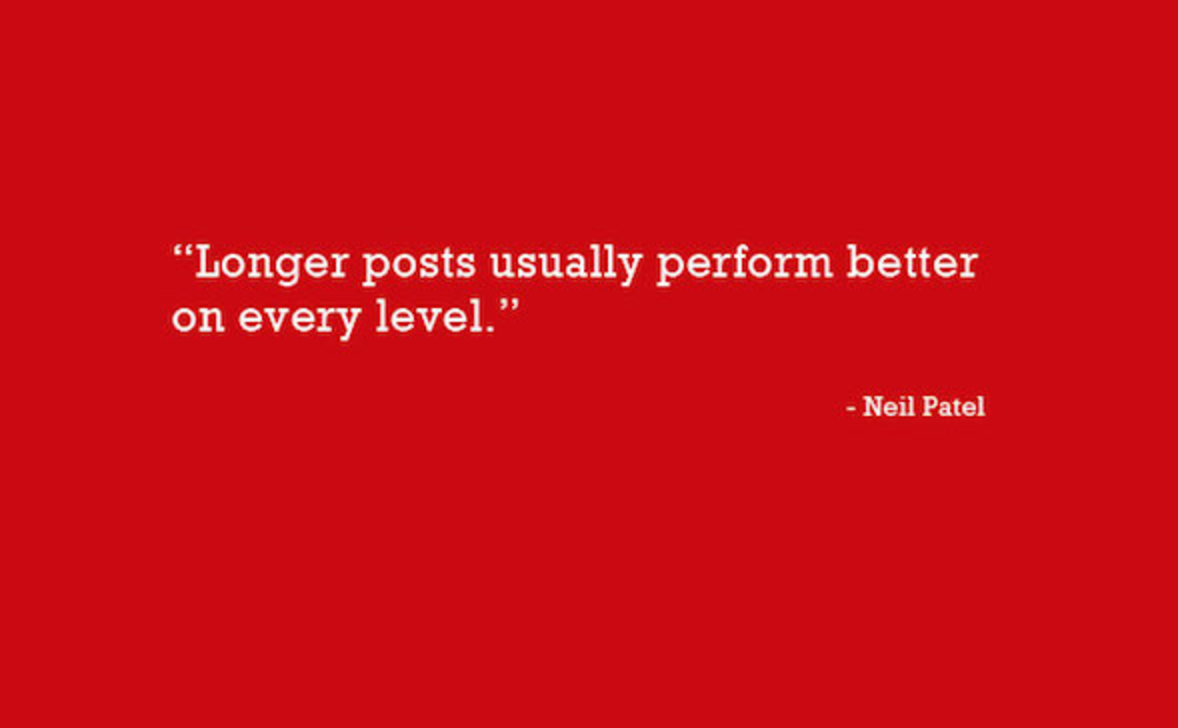



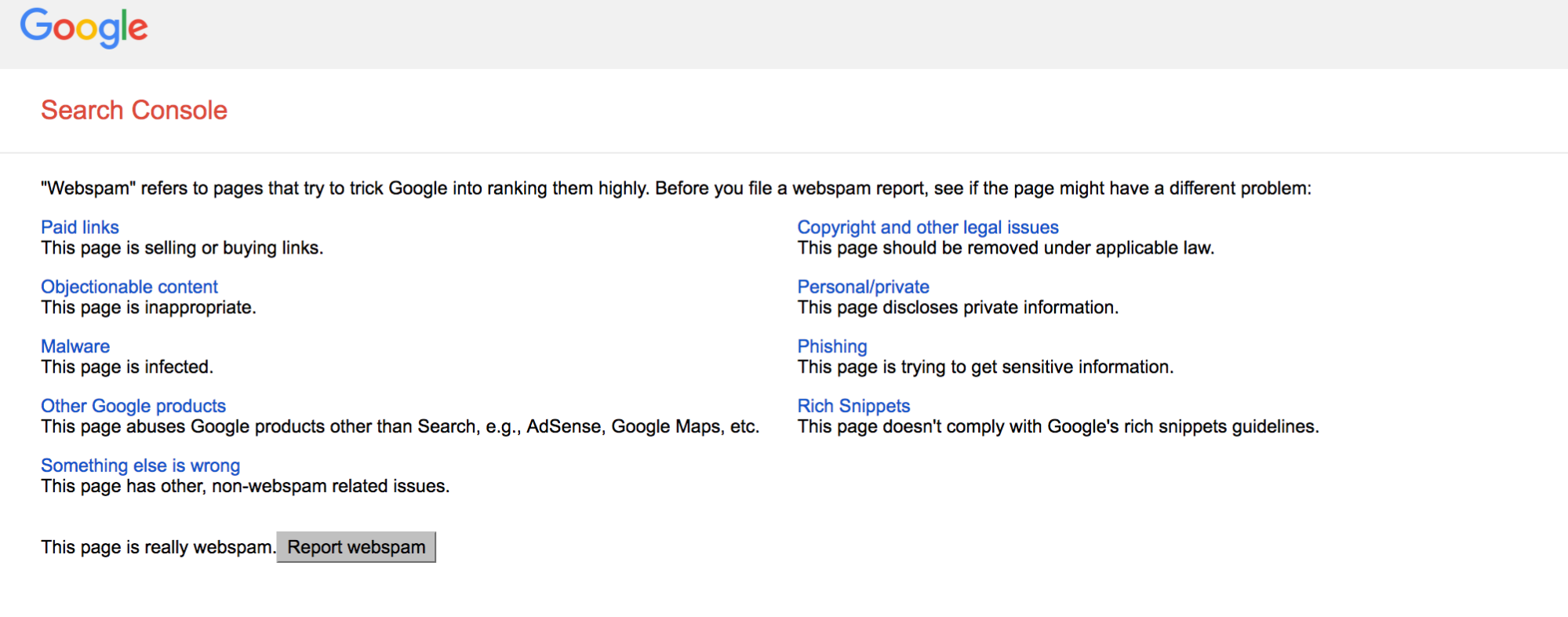


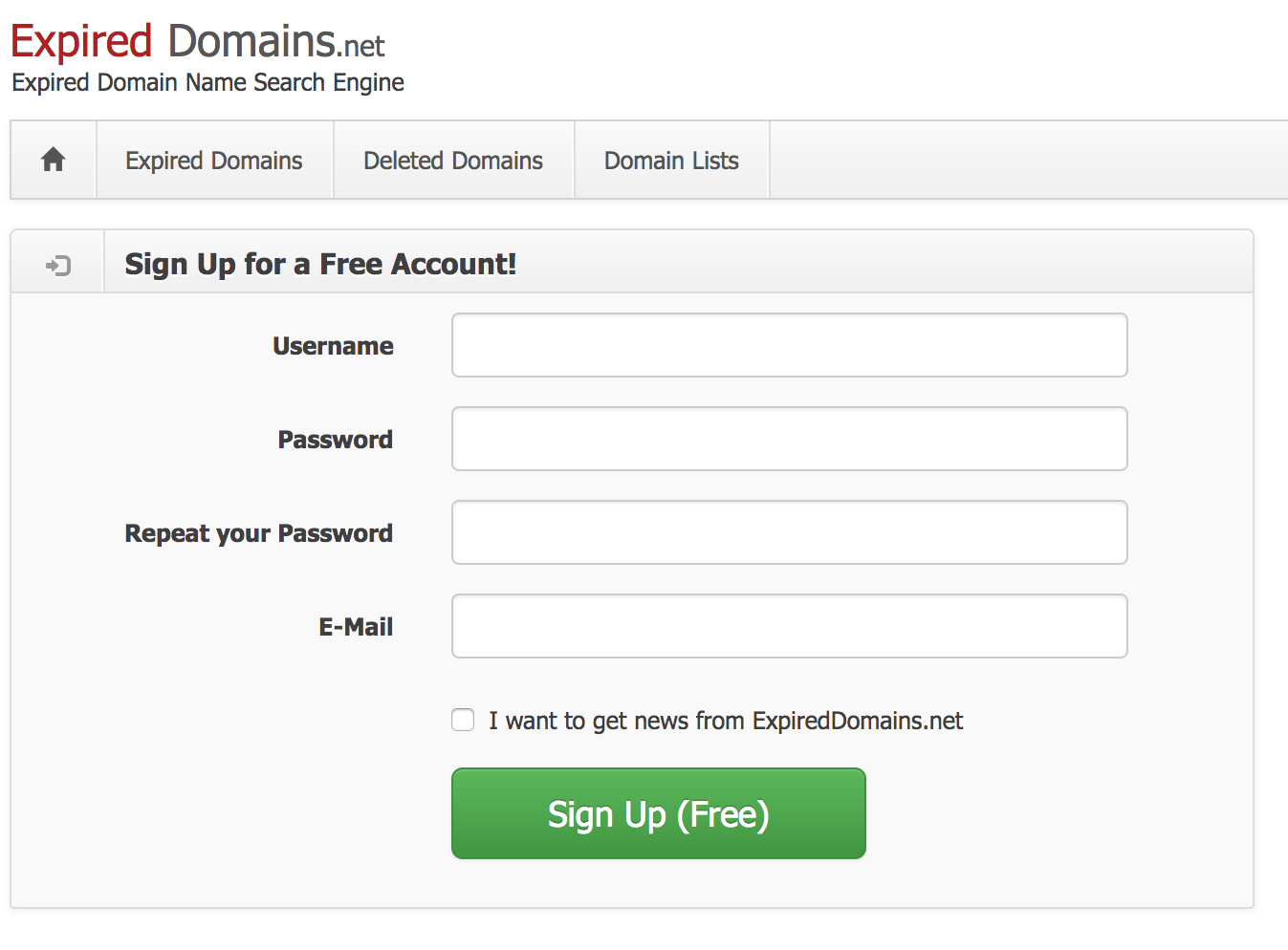

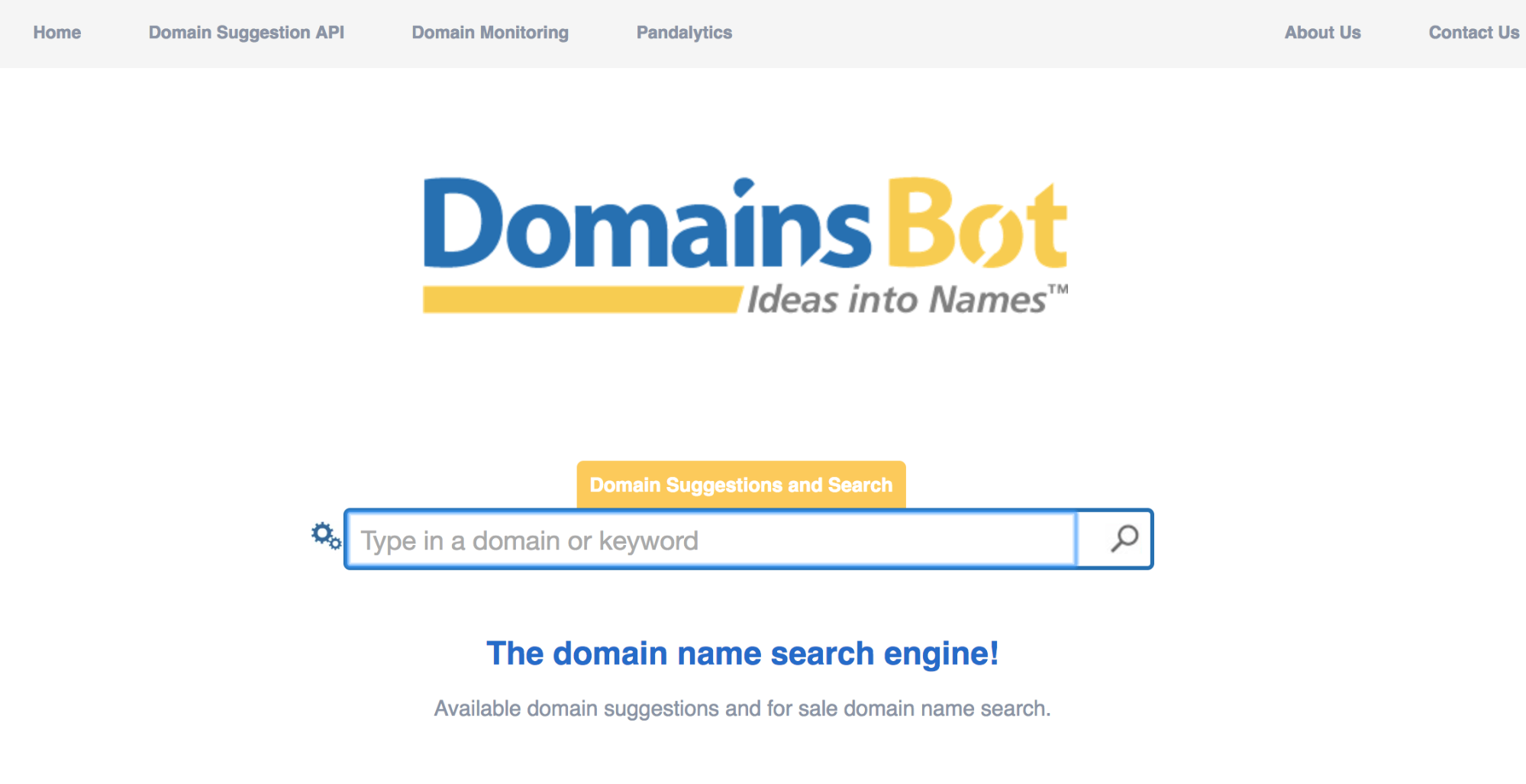
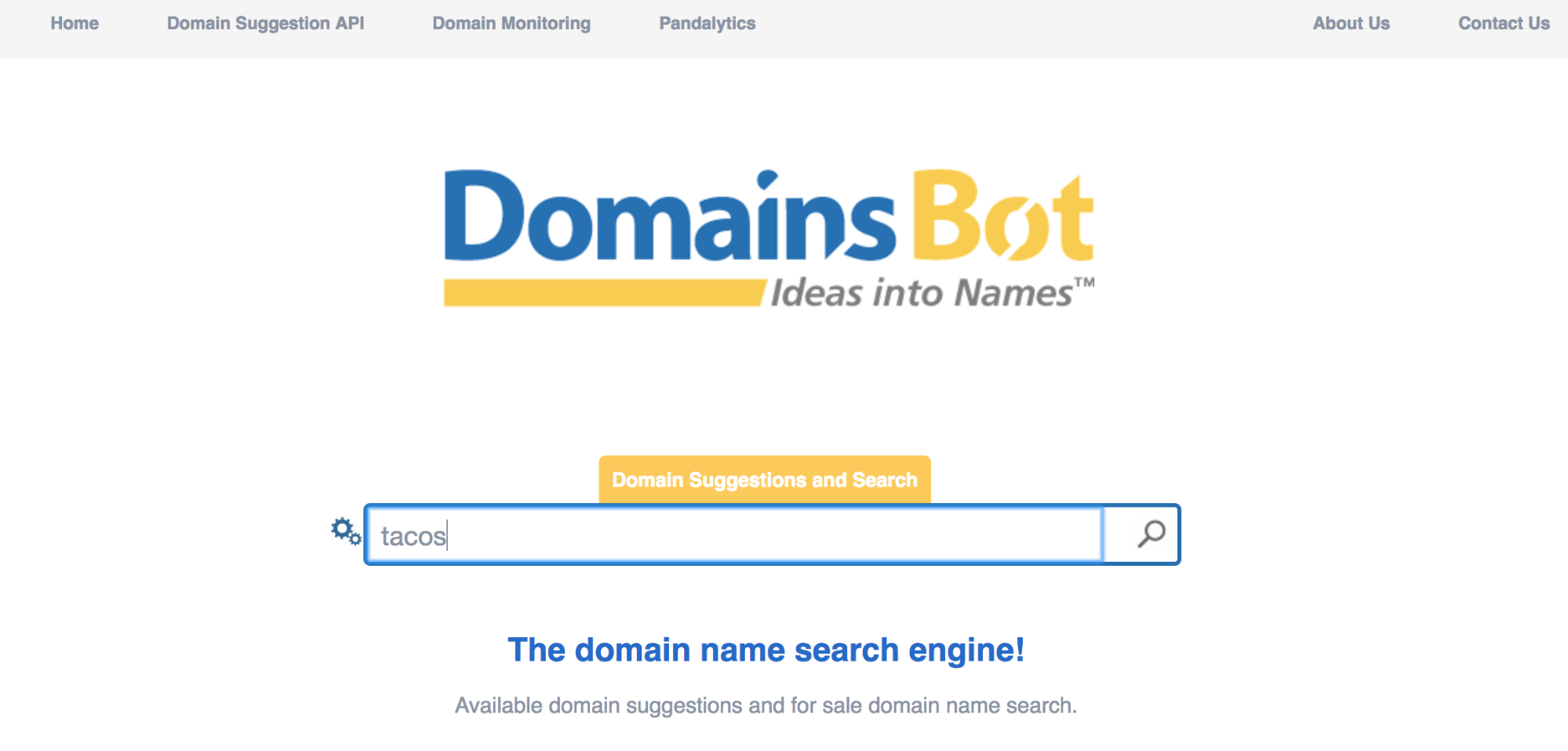
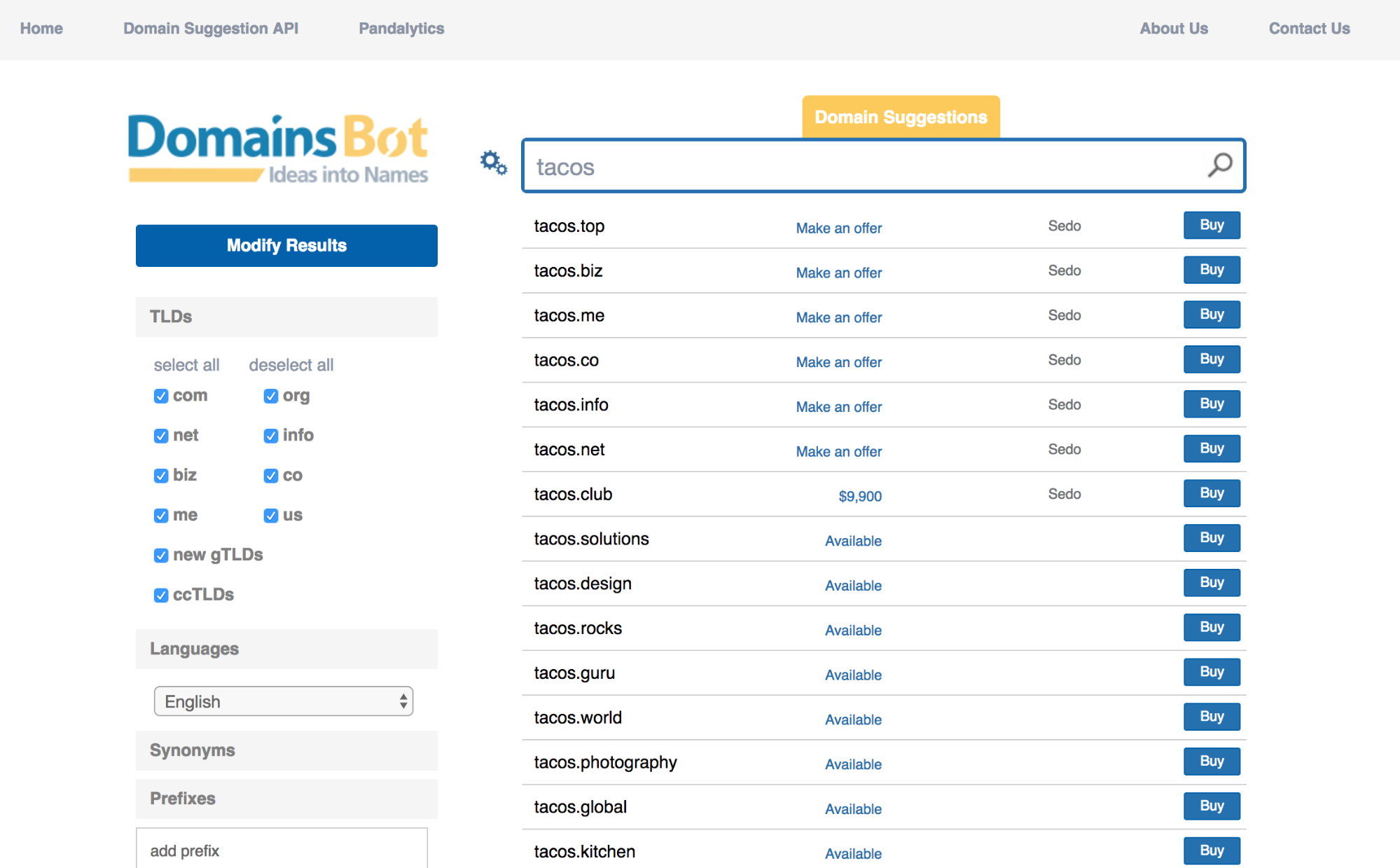

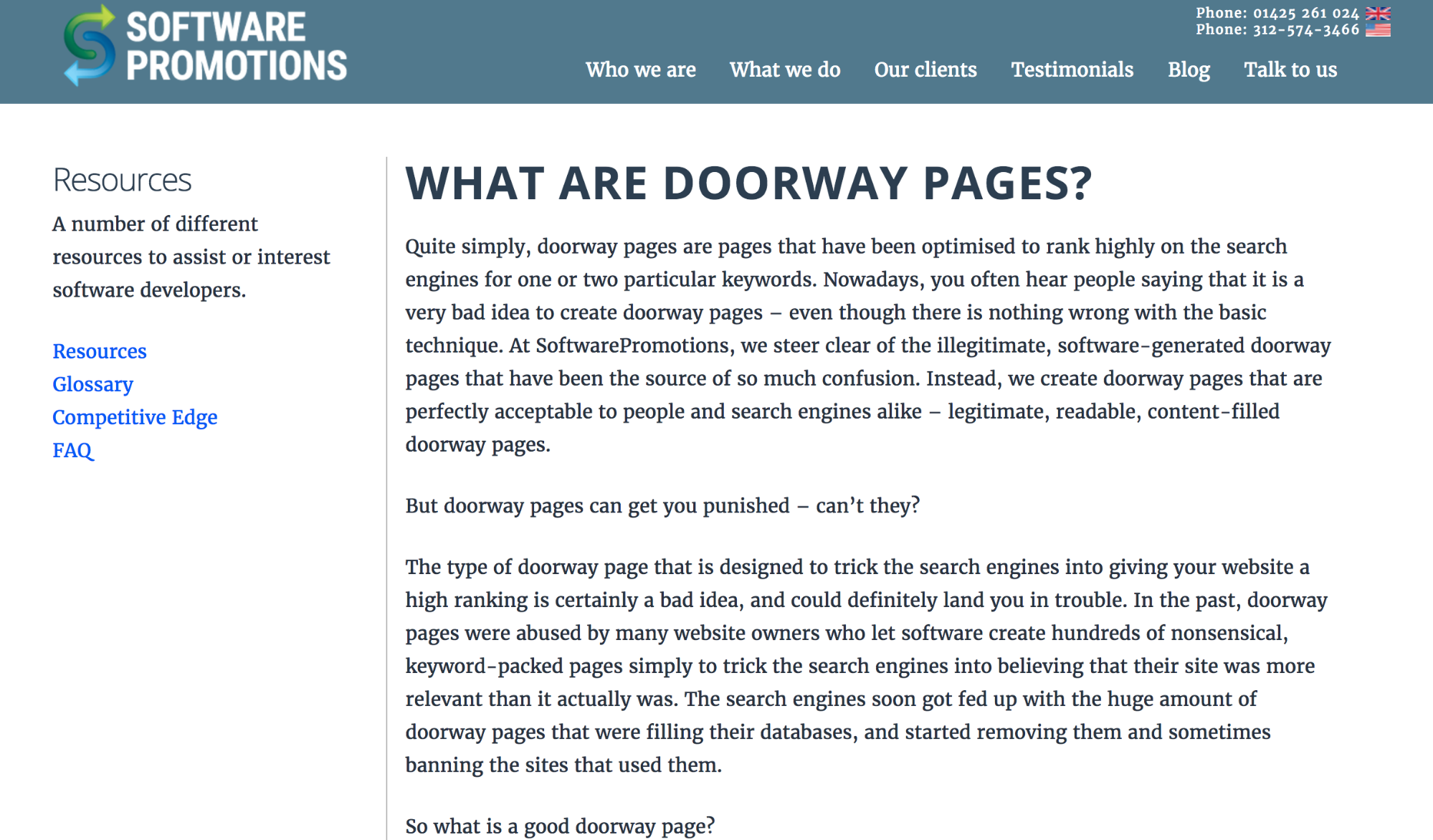




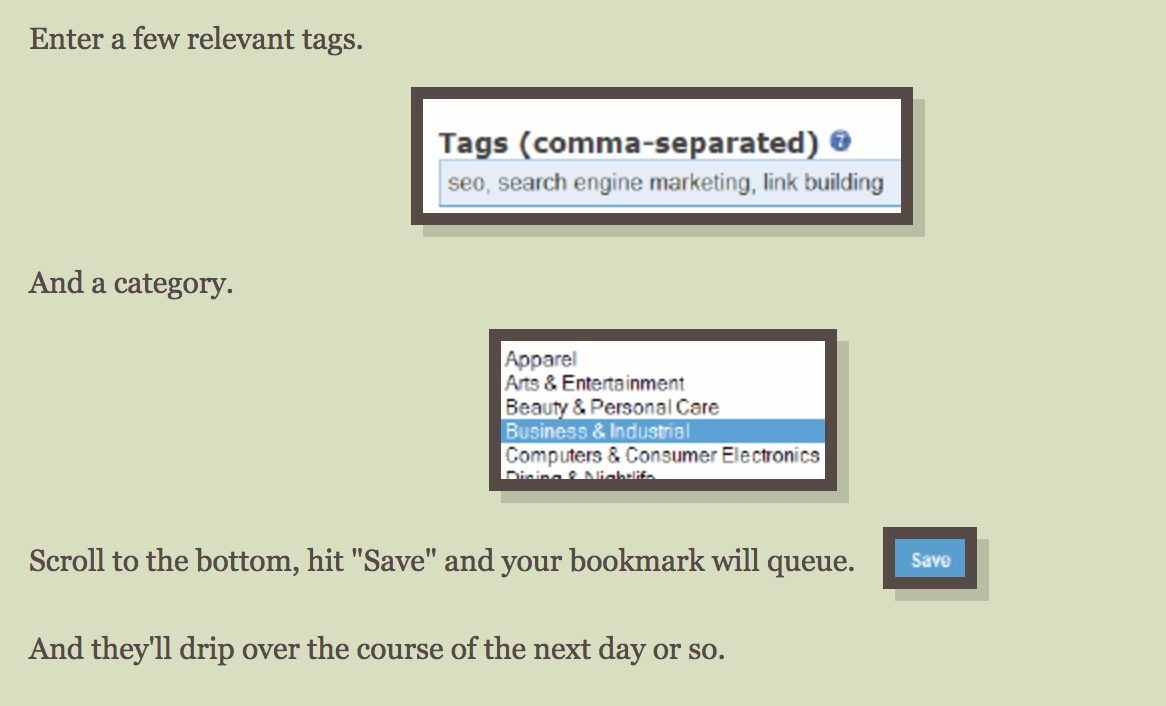



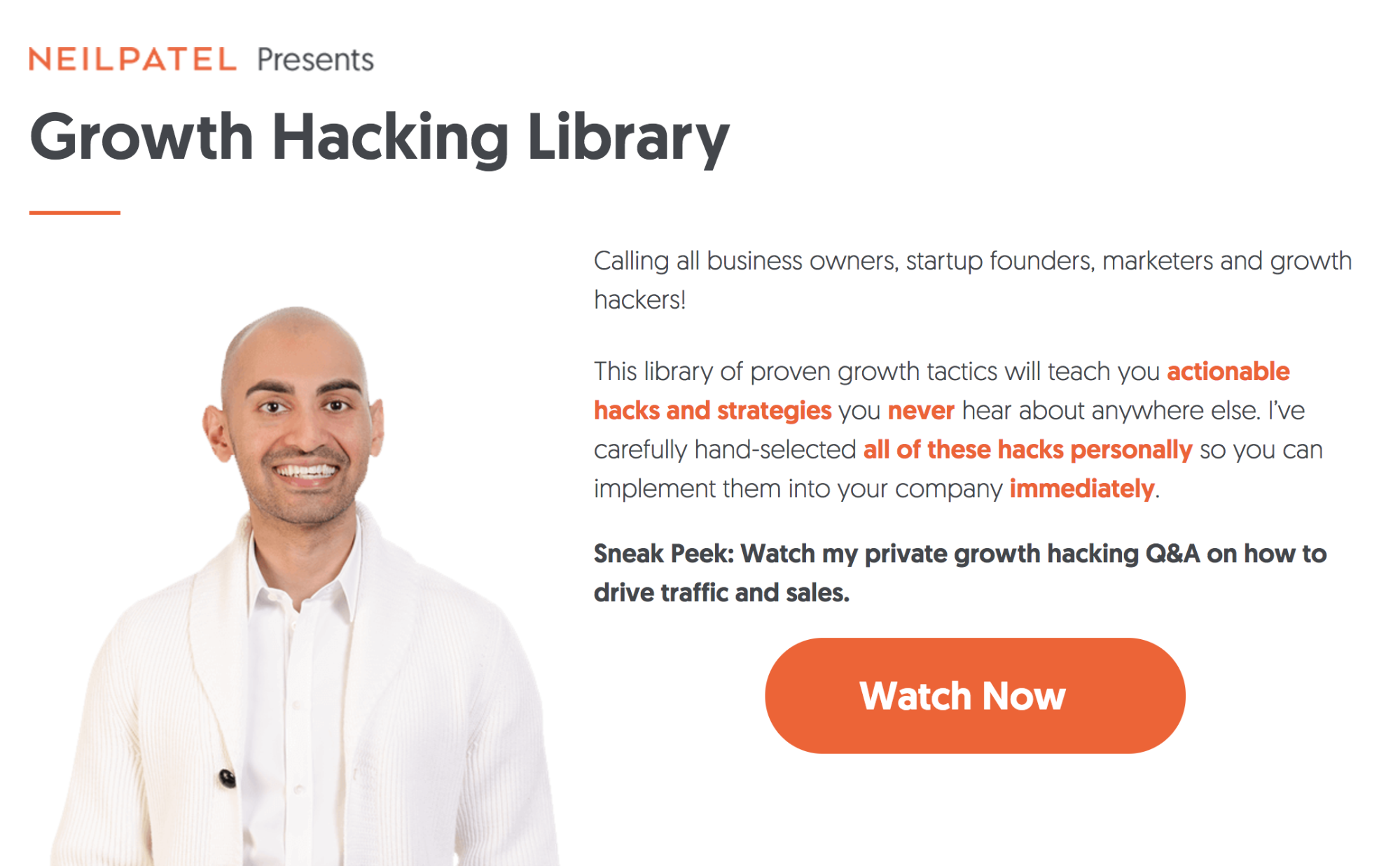
Comments (96)